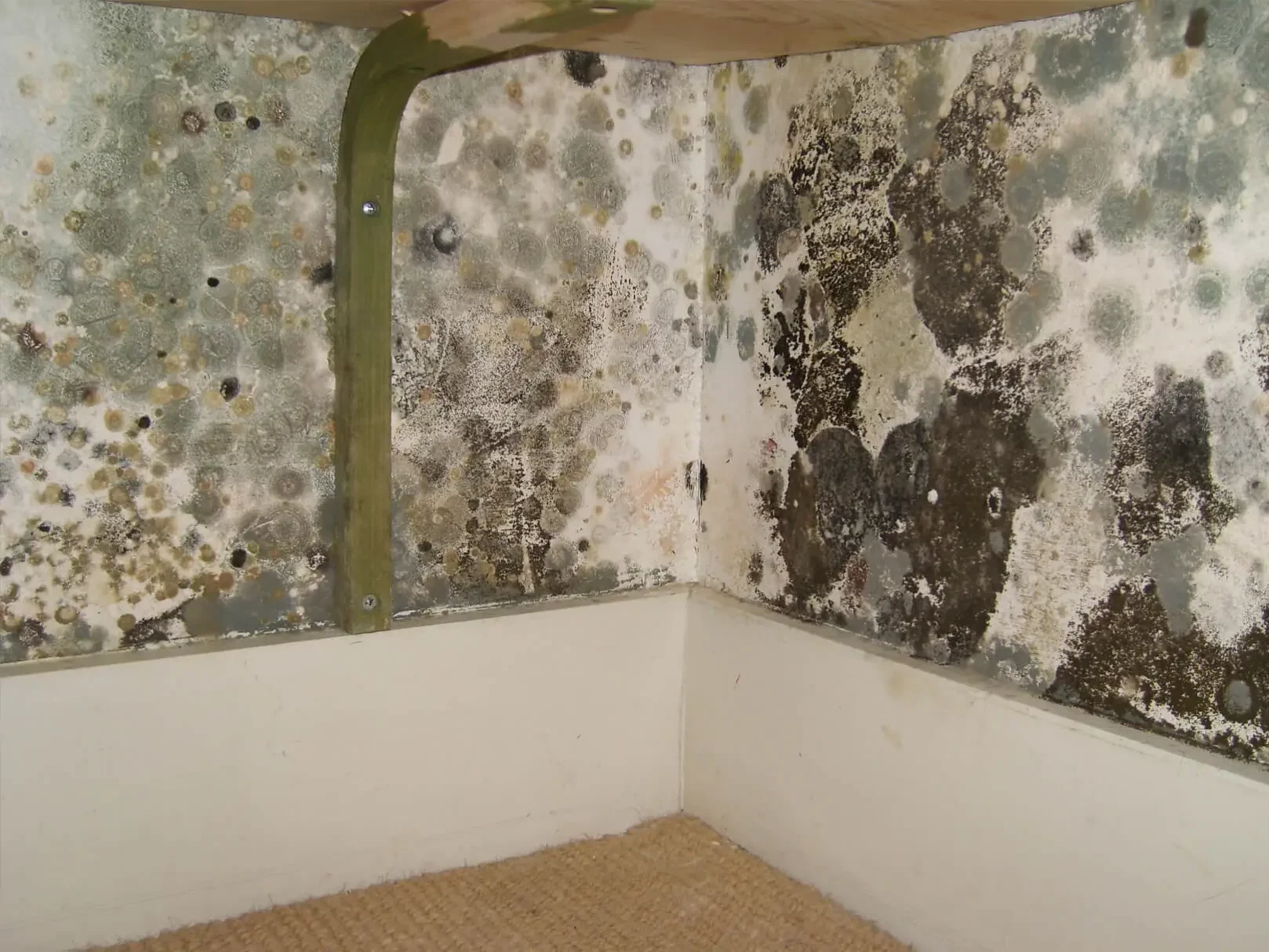Mycotoxins are groups of naturally occurring substances that are produced by fungi – usually mould but also yeast and mushrooms. They pose a severe health risk to humans and have been known to cause kidney and liver damage, suppression of the immune system, reproductive disorders, gastrointestinal disturbances and cancer.
In short, these are not substances that you want to be taking any chances with. In this article, we are going to be looking at where they can occur, what your legal responsibilities are concerning mycotoxins and what steps you can take to minimise your risk.
Which foods can mycotoxins grow on?
As mycotoxins generally grow on mould, many foodstuffs are susceptible to them. According to the Food Standards Agency, “The mycotoxins of most concern from a food safety perspective include:
- Aflatoxins (B1, B2, G1, G2 and M1)
- Ochratoxin A
- Patulin toxins produced by Fusarium moulds, including fumonisins (B1, B2 and B3)
- Trichothecenes (principally nivalenol, deoxynivalenol, T-2 and HT-2 toxin)
- Zearalenone
- Ergot alkaloids, citrinin, sterigmatocystin and alternaria toxins”
As such, the foods that are at a higher risk of producing mycotoxins are things like cereals, nuts and dried fruits. These can be affected even before they are harvested, whereas foodstuffs like coffee, spices and rice are at more risk after they have been harvested.
Mould is much more likely to grow in warm and humid conditions, so how food is stored is incredibly important when it comes to preventing its growth. You should always aim to store this kind of product in vacuum-sealed containers and keep them away from direct sunlight.
What is my legal responsibility concerning mycotoxins?
If you run a food business, whether that be as a farmer, importer or manufacturer, it is your responsibility to make sure that you have adequate food hygiene standards within your business, under the Food Safety Act 1990.
As mycotoxins are naturally occurring substances, it would be impossible to completely avoid them in the food industry. It is your responsibility, however, to ensure that appropriate measures are taken, and controls are put in place, to keep mycotoxin levels as low as is reasonably achievable.
The level of mycotoxin that poses a serious risk to people differs from food to food, but there is a helpful, and very detailed guide, provided by the Food Standards Agency. It includes guidance on how to test the mycotoxin levels in your products so that you can keep on top of the situation. As they tend to grow in small areas, it is important to get an accurate sample across an entire batch of food.
How can I prevent mycotoxins from growing on food?
As each foodstuff has its own requirements and characteristics, there isn’t one set of rules that apply to every food that is at risk of mycotoxins. However, there are a few general steps that we can take to help prevent their growth:
- Remove any contaminated sections of food as quickly as possible to prevent spreading
- Store food in a cool, dry environment
- Clear out any old grain and dust when introducing a new batch
- Regular testing to identify contaminated areas as quickly as possible
- Keep food away from insects at all times
It is your responsibility to research the specific prevention methods for the foodstuffs you handle, but these points are a good starting point.
How can Ideal Response help?
If you find that you have a problem with mould within your property, then we can help. Don’t put your health and business at risk by leaving it for another time – act today.
Our mould remediation service will not only clear your property of mould, but we can help to identify the causes of mould and work with you to ensure that it never comes back again.
Call us today. We can be onsite within 24 hours, with minimal disruption to your business.



